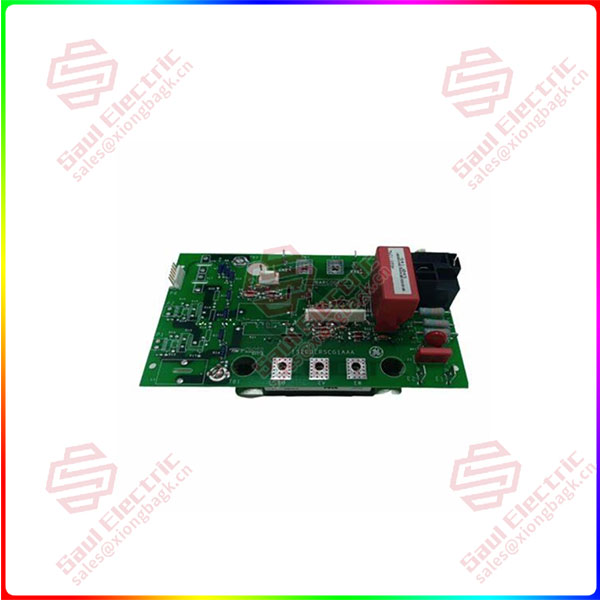Safety First: The core concept of autonomous driving
Smart cars have boomed in recent years, with the amount and complexity of software installed in cars growing exponentially. With the landing of high-level autonomous driving, the importance of software has been further established, marking that the traditional automotive electronic and electrical architecture has gradually been unable to meet the functional and performance requirements of in-car data transmission, perceptual computing, software upgrades, etc., the vehicle architecture has been redefined, and the industry has experienced the evolution from superficial hardware to deep software. Entering the era of “software-defined vehicles”, the connotation and extension of automotive safety are constantly changing, and new technologies bring new opportunities for the development of the industry, but also face the quality challenges brought by digital change.
The ISO 26262 functional safety standard is currently quite cutting-edge standards, mainly located in the automotive industry specific electrical parts, electronic equipment, programmable electronic devices and other components specifically applied to the automotive field. The standard covers activities related to functional safety management, conceptual stage design, system, hardware, software design and production in the safety life cycle of automotive products, and aims to ensure that the functional failure of safety-related electronic products will not cause danger through the guidance of standardized technical specifications. In addition, ISO 26262 classifies systems or system components according to the Level of Safety risk from A to D, which is the Automotive Safety Integrity Level (ASIL). The higher the safety risk level, the higher the functional safety required for the design. ISO 26262 is now recognized as one of the industry’s compliance entry barriers.

IS200ERSCG1A
Uisei’s multi-sensor data fusion software has obtained the TUV SUD ISO 26262 ASIL Class D Functional Safety product certificate
Work together to achieve integrated development of security and innovation
Gao Liping, general manager of UISoft Shanghai, said: “TUV SUD enjoys a high reputation in the field of functional safety certification, and the safety certification of many internationally renowned products in the field of automotive electronics is led by TUV SUD, and this is precisely the original intention of Uisoft Technology and TUV SUD cooperation. At present, the autonomous driving system is equipped with a large number of different kinds of sensors to improve the task performance of the perception subsystem. It is an inevitable trend to optimize the information detected by these sensors. The multi-sensor data fusion algorithm collects all kinds of sensor information, filters, tracks, associates, fuses and analyzes it in a targeted manner, and provides high-quality information criteria for sub-tasks such as decision-making and planning at the back end. After the large-scale commercial application of autonomous driving systems at level 3 or above, the scene boundary will gradually expand, and the complexity of environmental changes will also increase accordingly. At present, the various sensor configurations of automatic driving systems are gradually converging, but the importance and complexity of the application software installed in the system is becoming increasingly prominent. With the rise of the ‘software-defined car’ view, it is foreseeable that the algorithm software of the autonomous driving system will directly determine the performance of the overall system in the future. In view of these factors, Uisui has chosen to certify the functional safety level of the multi-sensor data fusion software in order to provide safe and reliable autonomous driving products to industry partners and end users.”
At the certificate ceremony, Zhao Chongmin, senior manager of TUV Southern Greater China Traffic Service Department, said: “Congratulations to UISee Technology’s sensor data fusion software product for obtaining the functional safety product certification. Perception system is the basis of intelligent driving products, and the fusion of sensor data is also the key and difficult point, which not only gives the intelligent car the feeling, but more importantly, the car itself has the perception of the environment and the subsequent high-quality decision-making ability. The compliance of functional safety proves that these technologies and products consider and attach importance to the safe operation of intelligent vehicles in complex environmental scenarios, and lays a solid foundation for the continuous iterative optimization of subsequent products. We believe that with the joint efforts of industrial forces such as Uisei Technology, we can take a step closer to the industrial vision of automotive intelligence.”
 1 Year Warranty
1 Year Warranty




